In the intricate world of manufacturing, the precision required for creating components like splines demands a deep understanding of machining processes. In this comprehensive guide, we embark on a detailed exploration of the art and science behind spline machining, unraveling its complexities and unveiling the techniques that shape these vital engineering elements.
Splines, in their essence, are mechanical components designed to seamlessly transmit torque between rotating objects. These key components find applications in a myriad of industries, from automotive transmissions to machinery manufacturing. Beyond their functional importance, splines contribute to the overall structural integrity of mechanical assemblies, emphasizing the need for precise machining.
A spline is essentially a series of ridges or teeth on a shaft, allowing for the efficient transfer of rotational motion. The significance of splines lies in their ability to maintain proper alignment between interconnected components while transmitting power. In automotive engineering, for instance, splines play a crucial role in ensuring the seamless operation of gear systems, highlighting the importance of precision in their machining.
Not all splines are created equal, and understanding the various types is fundamental to successful machining. External splines, internal splines, and the nuances of spline shafts each have distinct applications, ranging from power transmission in automobiles to the intricate workings of machinery. A deep dive into these varieties lays the foundation for a comprehensive understanding of spline machining.
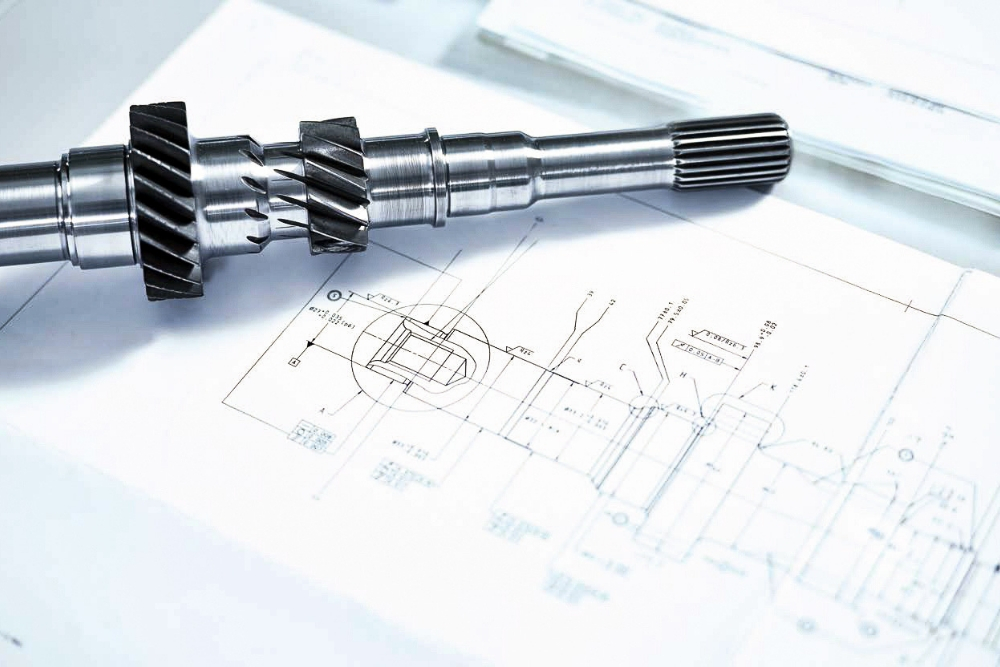
Spline machining is a multi-step process that demands careful planning, precision, and a keen eye for detail. Let's dissect the fundamental steps involved in bringing a spline from a design concept to a finely crafted, functional component.
The journey begins with the blueprint – the design phase. Designing a spline involves considering factors such as load distribution, material strength, and the specific requirements of the application. Sophisticated CAD software aids engineers in visualizing the spline's geometry and ensures that every tooth is strategically placed for optimal performance.
The choice of material is a critical decision in spline machining. The material not only influences the spline's durability but also its ability to withstand the operating conditions it will face. Common materials include alloy steels, stainless steels, and even specialized materials for industries with unique demands.
Armed with a well-thought-out design and the selected material, the next step is the actual machining process. High-precision tools, including cutting tools and milling machines, come into play. CNC (Computer Numerical Control) machining has revolutionized spline manufacturing, allowing for intricate and accurate machining guided by computer programs.
The heart of spline machining lies in the various techniques employed to shape and refine the component. From traditional methods to advanced technologies, understanding these techniques is crucial for achieving the desired precision.
Cold drawing and hot rolling represent two fundamental approaches to shaping splines. Cold drawing involves pulling a spline through a die to achieve the desired shape, while hot rolling heats the material before shaping it. Each method has its advantages and is selected based on factors like material properties and the desired final product.
The cutting phase is where the spline truly takes shape. Precision cutting tools remove excess material, forming the teeth and grooves of the spline. Factors such as cutting speed, feed rate, and tool geometry play a pivotal role in determining the final product's accuracy.
For achieving exceptional surface finish and tight tolerances, grinding comes into play. Grinding removes minute imperfections left by cutting processes, ensuring the spline meets the required specifications. Various grinding methods, including cylindrical grinding and centerless grinding, contribute to the final product's quality.
As we delve into the intricacies of spline machining, a nuanced understanding of specialized techniques for different types of splines becomes essential. From internal spline machining to external spline processes and the crafting of spline shafts, each category requires specific attention to detail and tailored machining approaches.
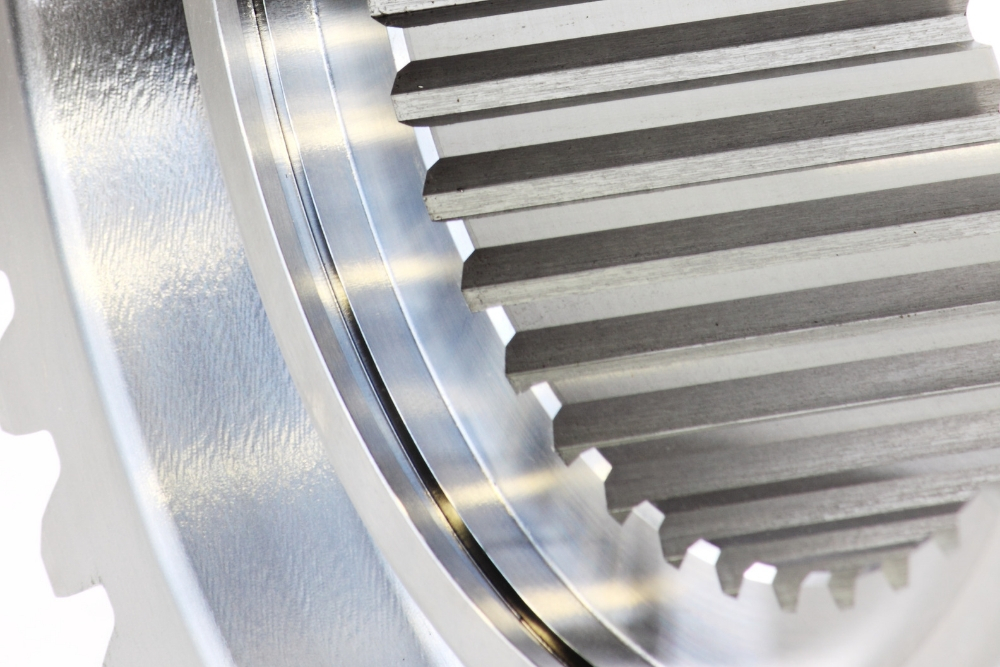
Internal splines pose unique challenges in machining due to their confined spaces and intricate geometries. The process involves precision cutting tools that navigate within the internal contours of the component. Machinists often leverage specialized gear cutting techniques and CNC equipment designed to access and shape internal splines accurately.
To enhance the efficiency of internal spline machining, advanced programming and simulation tools are employed. Virtual machining simulations allow for a thorough evaluation of tool paths, ensuring that the cutting tools navigate the internal spaces with optimal precision.
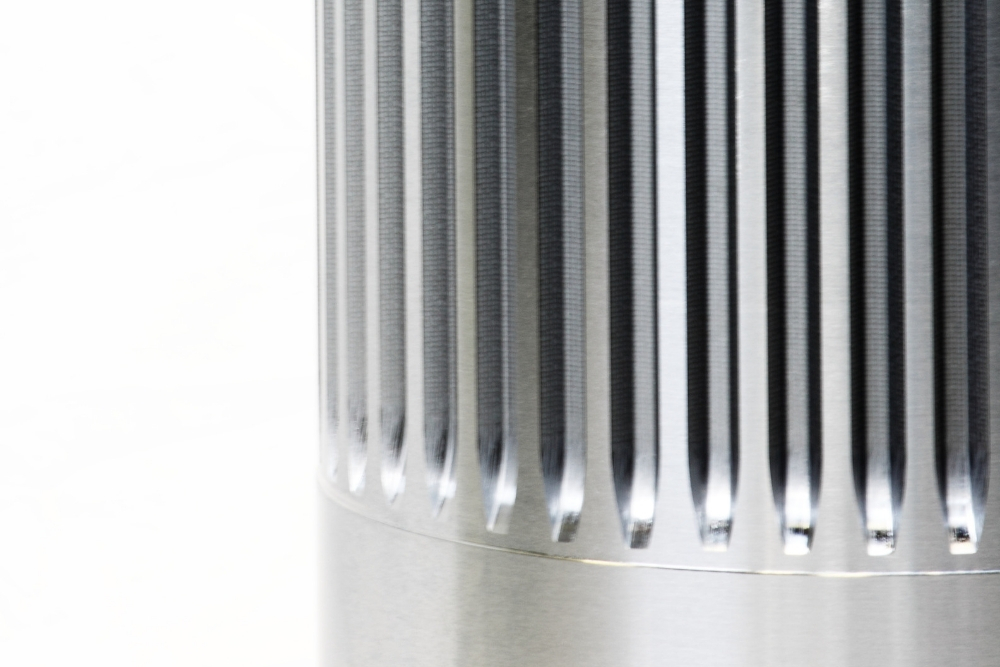
External splines, while more accessible than their internal counterparts, require meticulous attention to achieve the desired precision. CNC milling machines equipped with multi-axis capabilities play a crucial role in external spline machining. The process involves carefully programmed tool paths to create the external teeth and grooves with accuracy.
Innovations in tool coatings and materials contribute to prolonged tool life and enhanced surface finishes in external spline machining. Machinists leverage these advancements to meet tight tolerances and deliver high-quality external splines for various applications.
The manufacturing of spline shafts integrates the precision of internal and external spline machining with additional considerations for overall shaft integrity. The process encompasses material selection, machining the shaft's main body, and then intricately machining the splined sections.
Spline shaft machining involves a combination of turning, milling, and grinding operations. CNC turning centers shape the main body of the shaft, while CNC milling machines and grinding equipment handle the spline features. This multi-step process ensures that spline shafts meet stringent dimensional and geometric specifications.
Spline machining, despite its precision-oriented nature, presents a set of challenges that demand careful consideration and strategic solutions. Addressing these challenges ensures the final product meets the required standards, both in terms of performance and durability.
One of the significant challenges in spline machining is the potential for thermal deformation and residual stress during the process. When subjected to high temperatures, materials may undergo deformation, leading to inaccuracies in the final product. Additionally, the cooling process may introduce residual stress, affecting the spline's structural integrity.
Strategies for mitigating thermal challenges involve optimizing cutting parameters, such as speed and depth, to minimize heat generation. Employing advanced cooling methods, like through-tool cooling, helps maintain consistent temperatures during machining. Post-machining stress relief treatments, such as annealing, aid in minimizing residual stresses, ensuring the spline retains its intended shape and functionality.
Maintaining precise surface quality is paramount in spline machining, as deviations can impact the component's functionality. Surface irregularities, such as roughness or unevenness, may lead to increased wear and tear, reducing the spline's overall lifespan.
Implementing stringent quality control measures is essential. This involves employing advanced inspection tools like coordinate measuring machines (CMM) to assess surface roughness and dimensional accuracy. Iterative feedback loops between machining and inspection phases help fine-tune the process, ensuring that each spline meets the specified surface quality criteria.
While precision is crucial, achieving it in a cost-effective manner is equally important. Spline machining processes must strike a balance between high-quality output and efficient resource utilization.
Optimizing tool life and minimizing material waste are primary considerations for cost-effective machining. This involves selecting cutting tools with extended lifespans and implementing strategies like tool reconditioning. Additionally, evaluating the feasibility of different machining techniques in terms of cost and efficiency contributes to overall process optimization.
Optimizing the spline machining process involves adopting best practices that streamline operations, enhance efficiency, and ensure the production of high-quality components. From design considerations to quality control, each step contributes to the overall success of spline manufacturing.
The journey to optimal spline machining begins with a well-optimized design. Engineers must focus on creating designs that not only meet functional requirements but also facilitate a seamless and efficient machining process. This involves considering factors such as tool accessibility, minimizing complex geometries, and optimizing tooth profiles for enhanced manufacturability.
Utilizing advanced computer-aided design (CAD) tools allows for virtual testing and optimization of spline designs before actual machining begins. Iterative design refinement based on feedback from the manufacturing phase ensures a symbiotic relationship between design and machining.
Maintaining stringent quality control throughout the spline machining process is imperative to ensure the final product meets or exceeds industry standards. Implementing a comprehensive quality control plan involves a combination of in-process inspections and final product validation.
Coordinate measuring machines (CMMs), optical inspection systems, and non-destructive testing methods play key roles in assessing dimensional accuracy, surface finish, and the overall integrity of the machined spline. Establishing clear quality benchmarks and conducting regular audits ensures consistency and reliability in the manufacturing process.
Remaining at the forefront of technological advancements is a hallmark of successful spline machining. Embracing innovative technologies and staying abreast of industry trends not only enhances efficiency but also positions manufacturers as leaders in the field.
Automation and robotics are transforming the landscape of spline machining, offering benefits such as increased precision, reduced cycle times, and improved safety. Additionally, advancements in cutting tool materials and coatings contribute to extended tool life and enhanced machining capabilities.
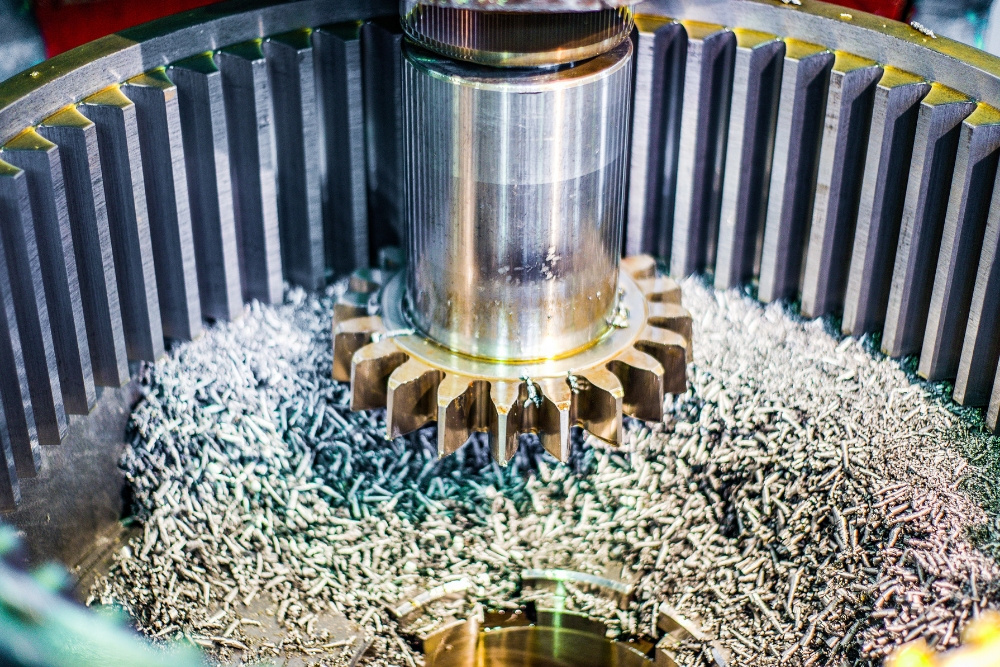
Understanding the diverse applications of spline machining provides valuable insights into the critical role that precision manufacturing plays across various industries. From automotive engineering to mechanical manufacturing, the impact of splines extends far beyond their seemingly humble appearance.
In the automotive sector, splines are integral components within transmission systems. The efficient transfer of torque between components relies on precisely machined splines. The design and manufacturing of automotive splines must adhere to strict standards to ensure optimal performance, durability, and compatibility with other transmission elements.
Advancements in spline machining have contributed to improved fuel efficiency, reduced frictional losses, and enhanced overall vehicle performance. Manufacturers in the automotive industry continually push the boundaries of spline technology to meet the evolving demands of modern vehicle design.
Beyond the automotive realm, spline machining finds extensive use in mechanical manufacturing. Applications range from the production of industrial machinery to precision instruments. In this domain, the focus shifts to meeting specialized requirements dictated by the intended function of the machinery.
Spline machining in mechanical manufacturing demands versatility, as the specifications for different machinery components can vary significantly. The ability to customize spline designs and manufacturing processes allows for the creation of tailored solutions that cater to the unique needs of diverse industries.
Examining real-world success stories provides valuable insights into the practical applications of spline machining strategies. Industry-leading enterprises and innovative projects showcase the tangible benefits that can be achieved through precision manufacturing and strategic implementation.
Analyzing the experiences of industry leaders in spline machining unveils the principles and strategies that contribute to their success. These enterprises often prioritize investments in cutting-edge technology, employee training, and a robust quality control framework. Case studies highlight how these factors synergize to create efficient, reliable, and high-performance spline components.
Innovation is the driving force behind many successful projects in spline machining. Pioneering technologies, novel approaches to design optimization, and strategic partnerships with suppliers and technology providers set these projects apart. Exploring innovative projects not only offers inspiration but also underscores the dynamic nature of spline machining as a field continually evolving to meet new challenges.
Innovation in Spline Machining: Richconn's precision CNC machining services excel in delivering innovative solutions for spline machining challenges. By leveraging state-of-the-art CNC technology, they consistently achieve high levels of precision, meeting the stringent demands of various industries.
Advanced Machinery and Tooling: Equipped with cutting-edge CNC milling machines and other advanced tools, Richconn ensures the efficiency and accuracy of spline machining processes. Their commitment to staying at the forefront of technological advancements allows them to handle intricate designs and diverse materials with ease.
Tailored Solutions for Spline Shaft Machining: Richconn understands the complexity of spline shaft machining. With a focus on customization, they provide tailored solutions that address the specific requirements of crafting spline shafts. This attention to detail ensures the production of high-quality components with exceptional dimensional accuracy.
Quality Control at Every Step: Ensuring the highest quality standards, Richconn incorporates rigorous quality control measures throughout the machining process. From initial design assessment to final inspection, every step is meticulously monitored to guarantee that each machined spline meets or exceeds industry expectations.
Collaborative Approach and Client Satisfaction: Richconn adopts a collaborative approach, working closely with clients to understand their unique needs and challenges. This collaborative ethos ensures that the final product aligns seamlessly with the client's specifications, fostering long-term partnerships and client satisfaction.
Richconn's precision CNC machining services encapsulate the essence of precision and innovation in spline machining. By consistently delivering top-tier solutions, Richconn stands as a reliable partner for industries seeking excellence in the machining of intricate components.
In concluding our comprehensive guide to spline machining, we've navigated through the fundamental principles, challenges, best practices, and diverse applications of this precision manufacturing process. Spline machining, as we've explored, is not merely a mechanical operation but a strategic fusion of design, technology, and innovation.
As industries continue to evolve, so too will the demands placed on spline machining. Keeping abreast of emerging technologies, embracing innovative practices, and fostering a commitment to precision will be key to unlocking the future secrets of this essential manufacturing art.
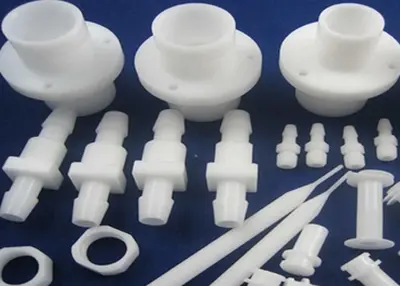 How to Maximize the Effectiveness of CNC Machining Technology?August 14, 2023Positive Innovation of Mechanical CNC Machining EquipmentIn order to maximize the application effect of CNC machining technology, it is necessary to analyze the characteristics of CNC machining ODM te...view
How to Maximize the Effectiveness of CNC Machining Technology?August 14, 2023Positive Innovation of Mechanical CNC Machining EquipmentIn order to maximize the application effect of CNC machining technology, it is necessary to analyze the characteristics of CNC machining ODM te...view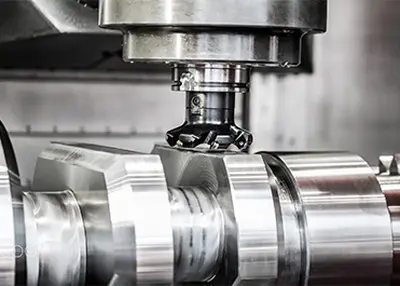 CNC POR: Demystifying the Key Technology in CNC MachiningNovember 2, 2023In the world of precision engineering and manufacturing, CNC technology plays a pivotal role. Among the various CNC techniques, CNC POR stands out as a critical component, offering unmatched precision, efficiency, and versatility.view
CNC POR: Demystifying the Key Technology in CNC MachiningNovember 2, 2023In the world of precision engineering and manufacturing, CNC technology plays a pivotal role. Among the various CNC techniques, CNC POR stands out as a critical component, offering unmatched precision, efficiency, and versatility.view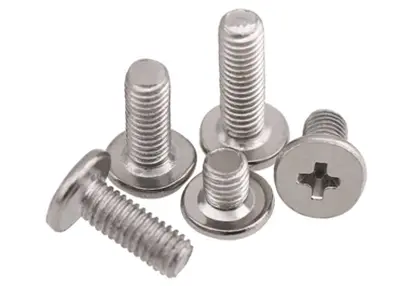 How Many Fasteners Are Needed in the Construction Machinery Sector?October 27, 2023Fasteners as commonly used parts, you should not be unfamiliar, today Richconn from the classification of fasteners, the identification and inspection of threads, bolts, screws and studs of the material requirements, heat treatment requirements and mechanical performance requirements, the types of steel bolts and the construction of the four aspects of the introduction.view
How Many Fasteners Are Needed in the Construction Machinery Sector?October 27, 2023Fasteners as commonly used parts, you should not be unfamiliar, today Richconn from the classification of fasteners, the identification and inspection of threads, bolts, screws and studs of the material requirements, heat treatment requirements and mechanical performance requirements, the types of steel bolts and the construction of the four aspects of the introduction.view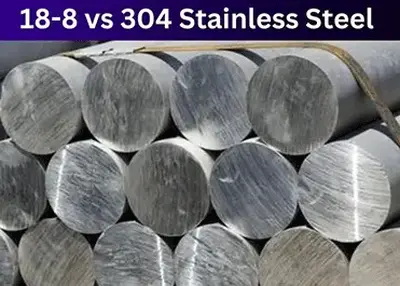 18-8 Stainless Steel vs 304: What's the Difference and Which One to Choose?December 7, 2023Stainless steel is one of the most widely used materials in the world, thanks to its excellent properties, such as corrosion resistance, strength, durability, and aesthetics. However, not all stainless steel grades are the same.view
18-8 Stainless Steel vs 304: What's the Difference and Which One to Choose?December 7, 2023Stainless steel is one of the most widely used materials in the world, thanks to its excellent properties, such as corrosion resistance, strength, durability, and aesthetics. However, not all stainless steel grades are the same.view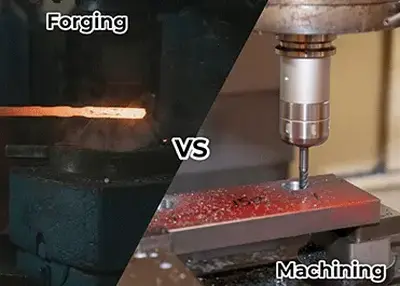 Forged vs. Machined: Unveiling the Essence of Manufacturing ExcellenceNovember 15, 2023In the ever-evolving landscape of manufacturing, the decision between forging and machining becomes the linchpin determining the quality, efficiency, and cost-effectiveness of the end product. Navigating the complexities of these two processes requires a nuanced understanding of their intricacies, advantages, and applications.view
Forged vs. Machined: Unveiling the Essence of Manufacturing ExcellenceNovember 15, 2023In the ever-evolving landscape of manufacturing, the decision between forging and machining becomes the linchpin determining the quality, efficiency, and cost-effectiveness of the end product. Navigating the complexities of these two processes requires a nuanced understanding of their intricacies, advantages, and applications.view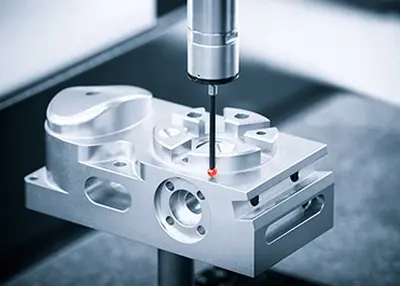 Basic Parts of CNC Lathe and Their MaintenanceOctober 20, 2023CNC lathes and steering centers are highly accurate and efficient automatic machine tools. The machine is equipped with a multi-station turret or power turret for a wide range of machining capabilities. It can handle linear cylinders, tilting cylinders, arcs and a variety of complex workpieces such as threads, grooves, worms, etc.view
Basic Parts of CNC Lathe and Their MaintenanceOctober 20, 2023CNC lathes and steering centers are highly accurate and efficient automatic machine tools. The machine is equipped with a multi-station turret or power turret for a wide range of machining capabilities. It can handle linear cylinders, tilting cylinders, arcs and a variety of complex workpieces such as threads, grooves, worms, etc.view